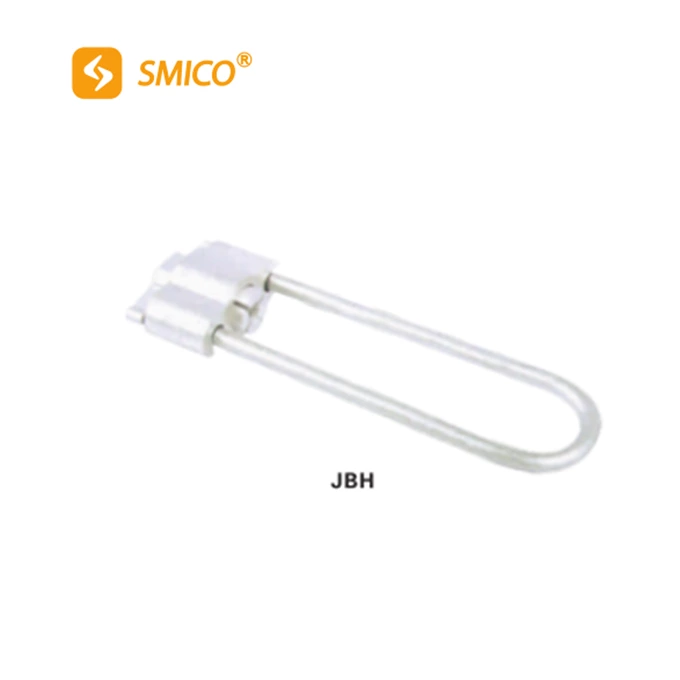Precautions For Installation And Maintenance Of Wedge-type Tension Clamps
1. Wire clamp selection and matching
Before installing dead end clamp for ab cable, you must select the appropriate wire clamp model according to the type, specification and operating conditions of the conductor and lightning arrester. The selection of the wire clamp should match the cross-section, material, working tension and environmental requirements of the conductor to ensure that the wire clamp can reliably fix the conductor and withstand the specified tension.
2. Inspection before installation
Before installing dead end clamp for abc cable, the wire clamp should be inspected to ensure that the wire clamp has no defects such as rust, damage or cracks. At the same time, check whether the fasteners of the wire clamp are complete, such as whether the bolts, nuts, etc. are complete and not loose. In addition, the insulation performance of the wire clamp needs to be checked to ensure that it can meet the requirements of the power system after installation.
3. Installation environment requirements
The installation environment of fungsi dead end clamp should comply with relevant regulations and avoid pollution sources, chemical corrosive substances and other environments that may cause damage to the wire clamp. Installation operations should be avoided under severe weather conditions (such as strong winds, rain and snow, etc.) to avoid affecting the quality and safety of the installation.
4. Tightening torque control
When installing clamp dead end, appropriate tools should be used to tighten according to the specified torque requirements. Tightening too tight or too loose may cause damage or failure of the wire clamp. Therefore, the tightening torque should be strictly controlled during the installation process to ensure that the wire clamp is firm and reliable.
5. Anti-corrosion treatment
After the installation of dead and clamp, appropriate anti-corrosion measures should be taken, such as applying preservatives, wrapping protective layers, etc., to prevent the wire clamp from corrosion. At the same time, the state of the anti-corrosion layer should be checked regularly, and if it is damaged or detached, it should be repaired in time.
6. Regular inspection
Periodically inspect the installed dead end loop clamp, including the tightening of the wire clamp, whether there is rust or damage, and the contact between the wire and the wire clamp. Regular inspection helps to timely discover and deal with potential safety hazards.
7. Maintenance and replacement
If dead clamp is found to have rust, damage or performance degradation during the inspection, it should be maintained or replaced in time. Maintenance includes cleaning rust, tightening loose parts, etc.; replacement means replacing severely damaged wire clamps with new, good-performance wire clamps.
8. Safety precautions
When installing and maintaining dead end clamp overhead line, relevant safety operating procedures must be followed, such as wearing safety protection equipment and prohibiting single-person operation. At the same time, for operations on high-voltage lines, corresponding electrical safety regulations should also be followed to ensure the personal safety of operators.
In summary, the installation and maintenance of dead end clamp with eye hook involves many aspects and needs to be carried out in strict accordance with relevant regulations and requirements. Only in this way can the stable operation of the power system and the safety of personnel be ensured.

